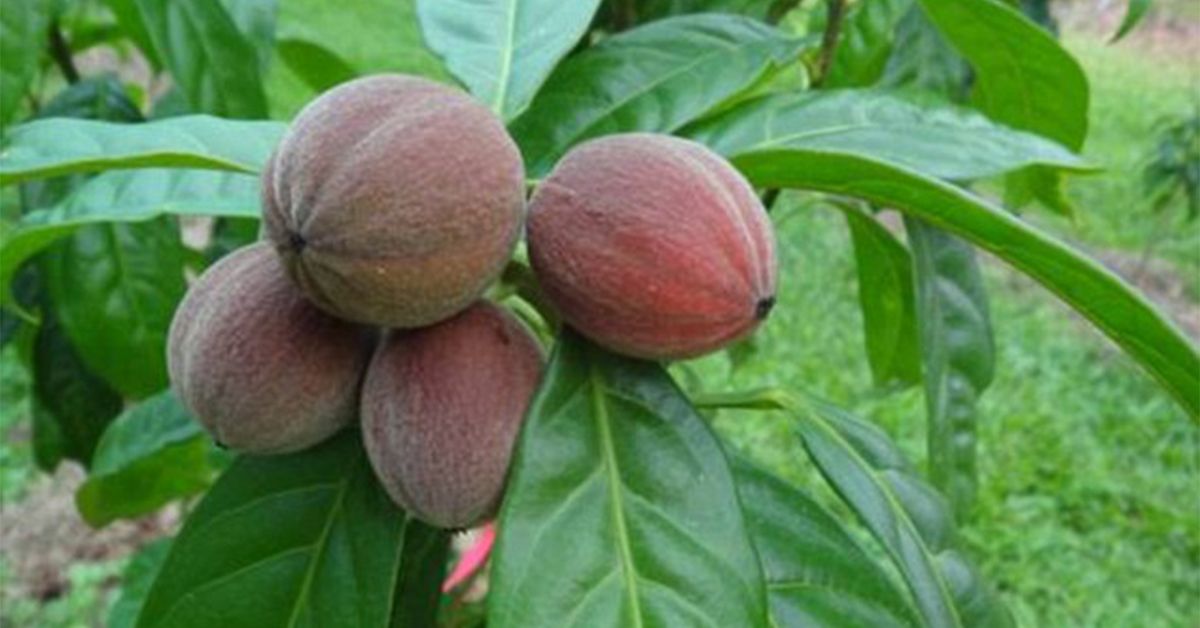Scientists have isolated a chemical from the berry of a Australian plant endemic only to one region of Australia and have demonstrated promising early results regarding the compound’s ability to destroy tumors in mice, cats, dogs, and horses through direct injections; clinical trials are currently underway for its use in animals and humans.
Cancer is an extremely broad class of diseases for which no single drug is likely ever to be a “cure"; in this case, a specific chemical found in the Australian berry, isolated in a lab, have been shown to destroy some types of tumors in a variety of animals and laboratory settings; the berry itself would be of little medical value, and the chemical’s efficacy in treating tumors on humans has yet to be established.
On 2 December 2016, the web site anonnews.co posted a story with the headline “Scientists find Australian berry to cure cancer in 48 hours!” Apart from a handful of sentences, the bulk of the content was a video from a 7News Sydney broadcast from 15 August 2016.
That segment accurately reported on the developments surrounding pre-clinical trials of a potential tumor-killing chemical found in the berry of a plant dubbed the blushwood tree (Fontainea picrosperma). News of this chemical — named EBC-46 — first made waves on October 1, 2014, when researchers published the results of a study in the journal PLoS One that showed the complete destruction of tumors, without relapse, in 75% of laboratory mice treated with direct injections of EBC-46 into the cancerous cells. In some cases, this destruction occurred in as little as 48 hours.
Dr. Glen Boyle, the lead author of that study, told ABC News (Australia) at the time:
The compound works by three ways essentially: it kills the tumour cells directly, it cuts off the blood supply and it also activates the body's own immune system to clean up the mess that's left behind.
In extremely broad brushstrokes, researchers think it achieves these goals primarily by activating an enzyme called Protein Kinase C, though the exact mechanisms remain unclear.
This study was conducted by researchers from the government-funded QIMR Berghofer Medical Research Institute in Queensland, Australia, as well as the private pharmaceutical company QBiotics. The latter group discovered the compound, and it holds the patent. According to their website, QBiotics uses a proprietary technique to identify, research, and market promising chemicals found in the plants of Australia’s rainforests:
QBiotics is an Australian public unlisted life sciences company. We are in the business of development and commercialisation of pharmaceutical products that have the potential to address major health problems for humans and companion animals (dogs, cats and horses). Our products are new chemical entities which we source from Australia's pristine tropical rainforests.
Since that study, QBiotics has conducted further studies for two parallel applications: as a veterinary medicine for companion animals and as an anticancer drug for humans. According to QBiotics, animal studies have been successful enough to bring EBC-46 to the trial phase as a medicine for tumors in dogs and horses, with future trials in the works for cats:
In treatment of over 100 dogs, cats and horses, intralesional injection of EBC-46 has successfully ablated or significantly palliated a range of advanced, inoperable tumours (melanomas, sarcomas, carcinomas, mast cell tumours and sarcoids) while causing no significant long-term side effects. A topical formulation of EBC-46 has also been used to successfully treat ulcerative squamous cell carcinomas on cats and horses.
QBiotics has also begun a Phase I trial of EBC-46 in humans, as stated on their website:
EBC-46 is currently being evaluated for safety in a Clinical Phase I trial in patients with cutaneous or subcutaneous solid tumours. Such tumours include melanoma, head and neck cancer, SCC and BCC of the skin and Merckel cell carcinoma. In this trial, EBC-46 is delivered locally in a single treatment by direct injection into tumours. The trial is being conducted in Australia by clinicians in Sydney, Melbourne, Brisbane and Adelaide.
Details of the trial can be found by accessing the Australian New Zealand Clinical Trial Registry at www.anzctr.org.au and entering “QBiotics” in the search window.
Australia’s National Health and Medical Research Council describes a Phase I clinical trial as follows:
Phase I clinical trials are done to test a new biomedical intervention for the first time in a small group of people (e.g. 20-80) to evaluate safety (e.g. to determine a safe dosage range and identify side effects).
When shared on social media accounts, the narrative attached to much of the EBC-46 coverage has been “Nobody can do better than Mother Nature,” with some additional commentary about how the pharmaceutical industry would be unwilling to invest in a natural cure for cancer.
This potential drug, and many, many others, do have origins in the natural world. It would be disingenuous, though, to suggest that the plant itself is a ready-made cure for cancer or that the pharmaceutical industry isn’t interested in developing it. It took eight years of research to isolate and test the effects of the chemical, and the main stakeholder behind the research is a pharmaceutical company that owns the patent to the chemical.
While the results have been promising — especially for animals — trials have not been performed demonstrating efficacy on humans. Further, not all cancer is the same, and while EBC-46 could be effective at destroying some types of tumors, the drug will never be a “cure for cancer.” Finally, while getting a compound to the Phase I clinical trial stage for human use is impressive, most chemicals that make it to this point do not ultimately make it to market.

